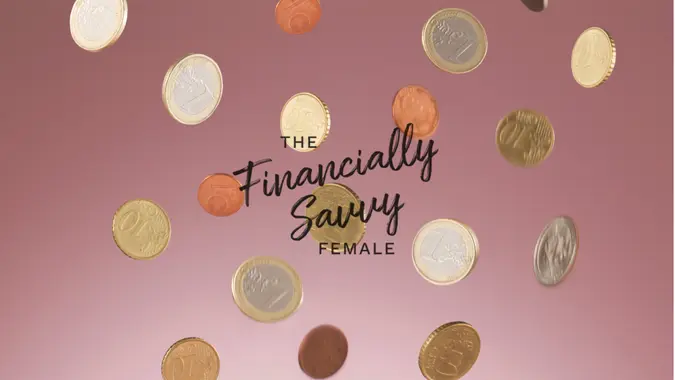5 Ways Tariffs Could Affect the Upper-Middle Class

Commitment to Our Readers
GOBankingRates' editorial team is committed to bringing you unbiased reviews and information. We use data-driven methodologies to evaluate financial products and services - our reviews and ratings are not influenced by advertisers. You can read more about our editorial guidelines and our products and services review methodology.

20 Years
Helping You Live Richer

Reviewed
by Experts

Trusted by
Millions of Readers
While the upper middle class is more insulated than lower-income groups from ever-changing tariff policies, they can still expect some pain on the horizon.
Watch out for these five ways tariffs could affect the upper middle class — and plan accordingly.
Pinched Purchasing Power
Inflation has remained more muted than expected, as importers rushed to stockpile inventories in the first quarter of 2025. But those inventories are already dwindling, and the third quarter could see inflation heat up again.
“Tariffs will impact the upper-middle class’s buying power as both core material and discretionary materials increase in costs,” explains Babak Hafezi, founder of Hafezi Capital and professor of international business at American University. “Items like electronics, clothing, household products and cars will be impacted.”
Reduced Access to Everyday Luxuries
That loss of purchasing power will prevent the upper-middle class from buying the brands and small luxuries they enjoy. In some cases, it will become harder or even impossible to find some imported goods.
That could mean certain wines doubling in price, or no longer imported at all. Or French cheeses, or perfumes, or fast fashion lines that are no longer affordable enough to justify their low-build quality.
Slower Economic Growth
The June Blue Chip Economic Indicators survey by Wolters Kluwer shows economists projecting slower growth in both 2025 and 2026.
As recently as February, economists projected GDP growth of 2.2% for 2025 and 2.0% for 2026. By June, the consensus forecast for both dropped to an anemic 1.4%.
Recession risk also remains elevated. The survey of economists forecasts a 41% chance of recession in the US over the next 12 months.
Slow or negative GDP growth adds to the risk of job loss for the upper-middle class just like everyone else. Or, more likely, the risk of reduced income or no rise in income — even as inflation drives up costs. Again, that could leave many in the upper-middle class with less purchasing power.
Weaker Investment Performance
Stagnating economic growth certainly doesn’t do investment portfolios any favors.
From 2015 to 2024, the S&P 500 has delivered an average annual return of 14.1%, according to data from The Motley Fool. The next decade may not prove so fruitful for investors.
“Upper-middle-class investors hold ETFs and mutual funds packed with global manufacturers and importers,” notes Eric Croak, the certified financial planner (CFP) behind Croak Capital. “Tariffs squeeze margins on those companies. Dividends shrink, share prices dip, future earnings soften. These investors could find themselves stuck between cashflow drag and asset underperformance.”
Higher College Costs
Many upper-middle class families want to cover college costs for their children. Expect that to get harder, between tuition, books and housing inflation, combined with weaker income and investment growth.
But higher education also stands to become more expensive due to less subsidization by foreign students.
“Many colleges and universities depend on foreign students who pay full tuition as a means to subsidize other students’ grants and scholarships,” added Hafezi. “Less money for scholarships and grants, combined with higher costs and inflation, will drive up costs for American families.”
 Written by
Written by  Edited by
Edited by 

























